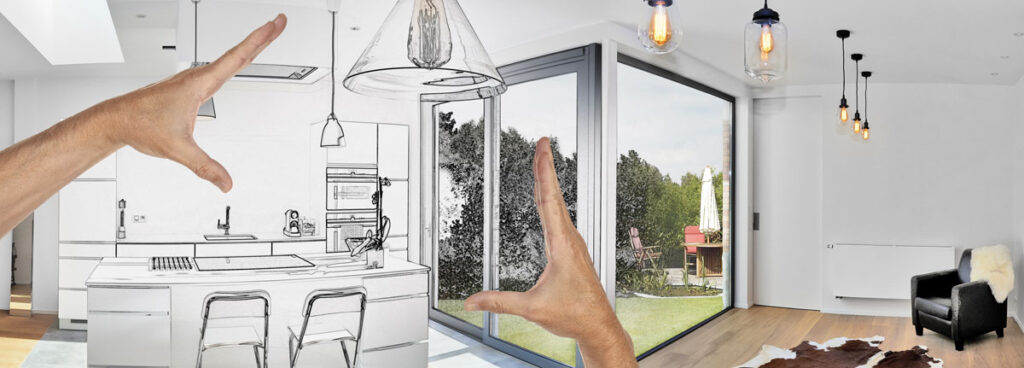
Planning a home renovation in involves defining your goals, setting a budget, researching materials and contractors, and securing necessary permits and insurance. Here’s a detailed guide to help you navigate the process:
1. Define Your Renovation Goals:
- Identify needs:What are your specific goals for the renovation? Are you looking to update a kitchen, bathroom, or entire house?
- Create a wishlist:List all the features and improvements you desire, including design elements, functionality, and style.
- Consider your family’s needs:Think about how the renovated space will be used by your family and adjust your plans accordingly.
2. Establish Your Budget:
- Determine a realistic budget:Research the cost of materials, labor, and permits, and factor in potential unexpected expenses.
- Get multiple quotes:Obtain quotes from different contractors to compare prices and ensure you’re getting a fair deal.
- Explore financing options:Consider loans, lines of credit, or home equity loans to finance your renovation.
3. Research and Gather Inspiration:
- Explore design styles:Browse magazines, websites, and social media for inspiration and find designs that align with your taste.
- Visit showrooms:Visit showrooms to see materials and finishes in person and get a better understanding of their quality and durability.
- Consult with professionals:Seek advice from architects, interior designers, or contractors to get professional opinions and guidance.
4. Hire the Right Professionals:
- Research contractors:Check references, licenses, and insurance coverage before hiring a contractor.
- Choose a reputable contractor:Select a contractor with experience in similar projects and a proven track record of quality and reliability.
- Sign a contract:Ensure all agreements, timelines, and payment schedules are clearly outlined in a written contract.
5. Create a Detailed Plan:
- Develop a floor plan:Create a detailed floor plan that outlines the layout of the renovated space.
- Choose materials and finishes:Select materials and finishes that are durable, stylish, and fit your budget.
- Create a timeline:Develop a realistic timeline for the renovation project, including start and end dates for each phase.
6. Prepare Your Home:
- Pack and declutter:Pack up belongings that will be affected by the renovation and declutter the area to create space for the work.
- Protect your home:Cover furniture and floors with protective materials to prevent damage during the renovation.
- Notify your insurance company:Inform your insurance company about the renovation project and any potential risks.
7. Oversee the Renovation Process:
- Regularly check in with the contractor:Stay informed about the progress of the renovation and address any issues promptly.
- Communicate effectively:Maintain open communication with the contractor and address any concerns or questions promptly.
- Be flexible:Be prepared for unexpected delays or changes that may arise during the renovation.
8. Conduct a Final Walkthrough:
- Inspect the work:Thoroughly inspect the completed renovation to ensure that all work is up to your standards.
- Address any issues:Address any outstanding issues or concerns with the contractor before making final payment.
- Enjoy your new space:Celebrate the completion of your renovation project and enjoy your newly renovated home.
9. Permitting and Building Codes:
- Check local bylaws: Research local bylaws and building codes to ensure your renovation project complies with all regulations.
- Obtain necessary permits: Apply for any necessary permits before starting the renovation project.
- Comply with building standards: Ensure that all work is performed according to Canadian building standards and codes.
